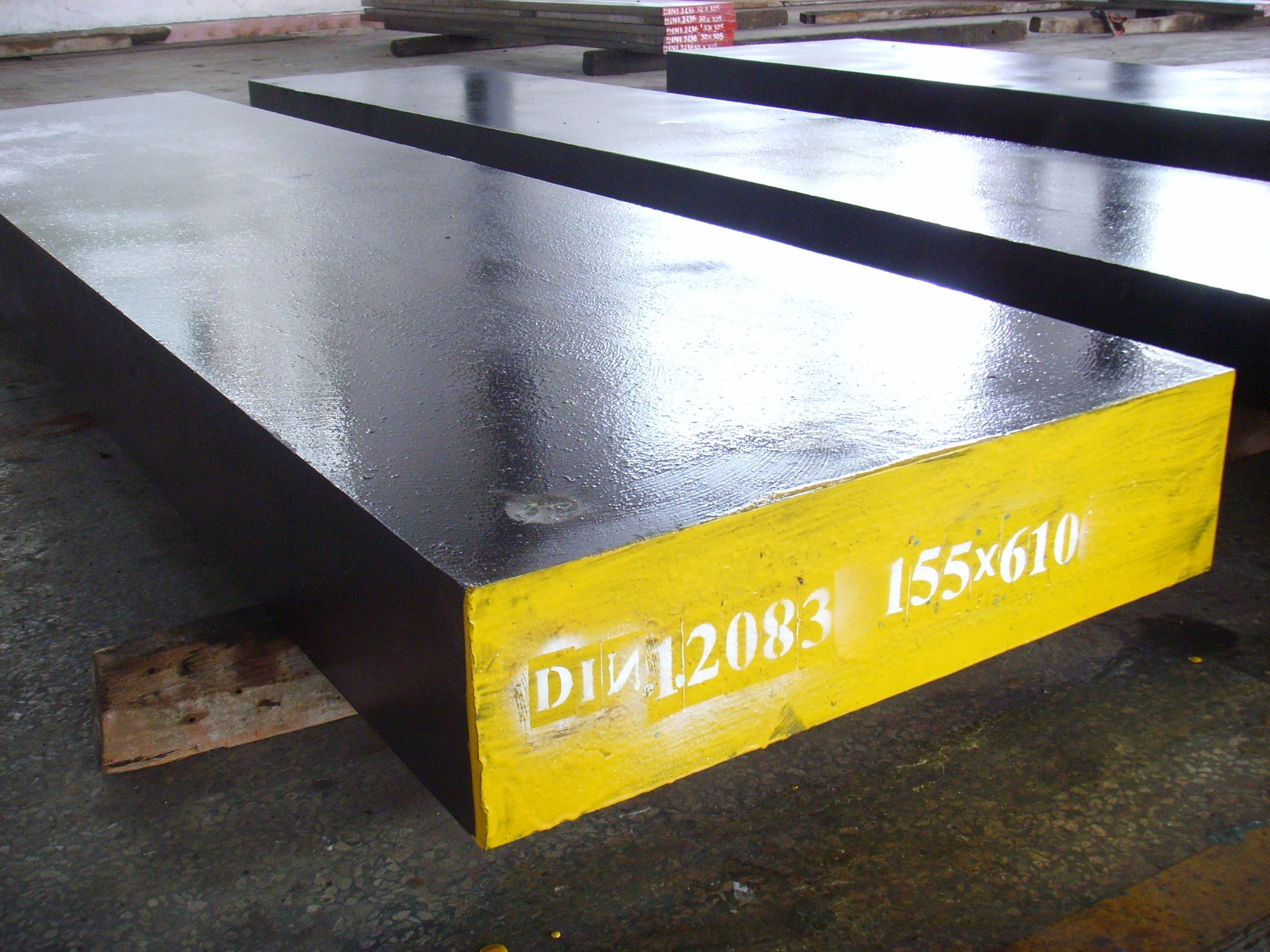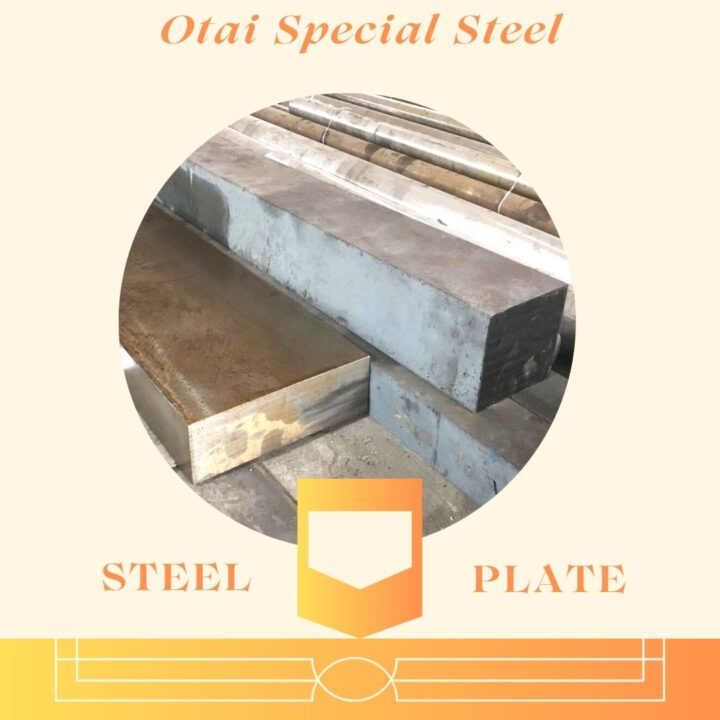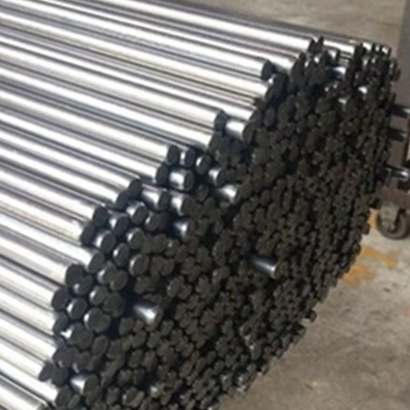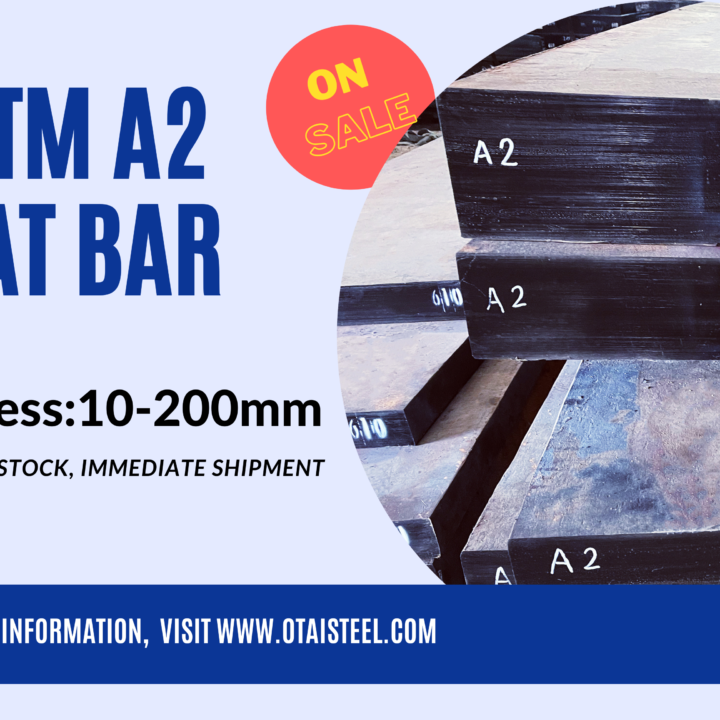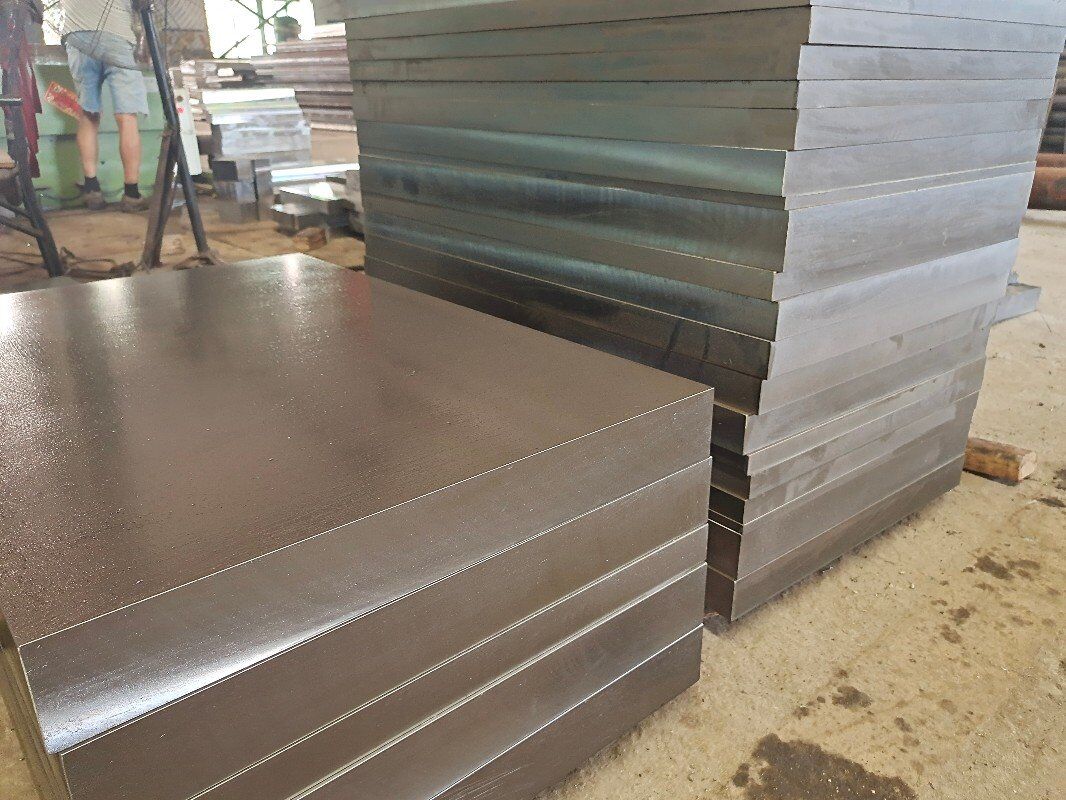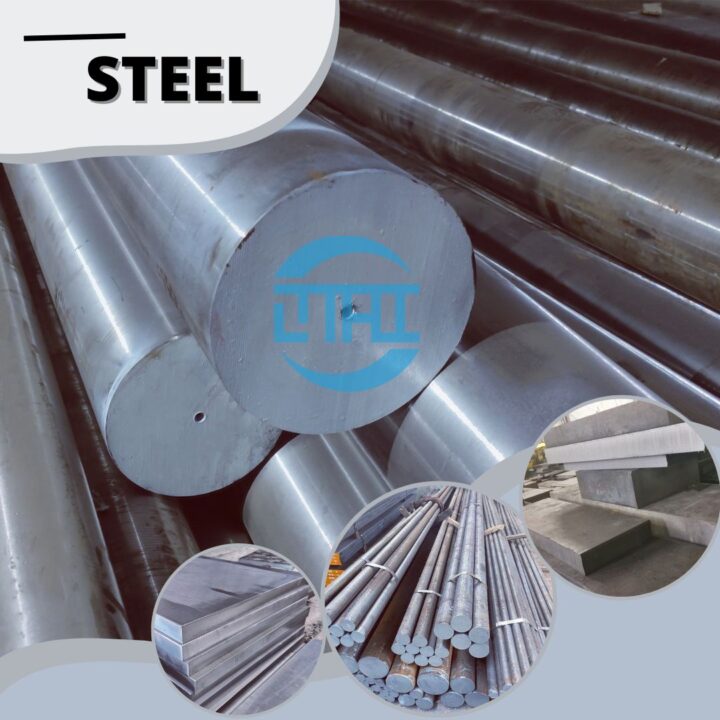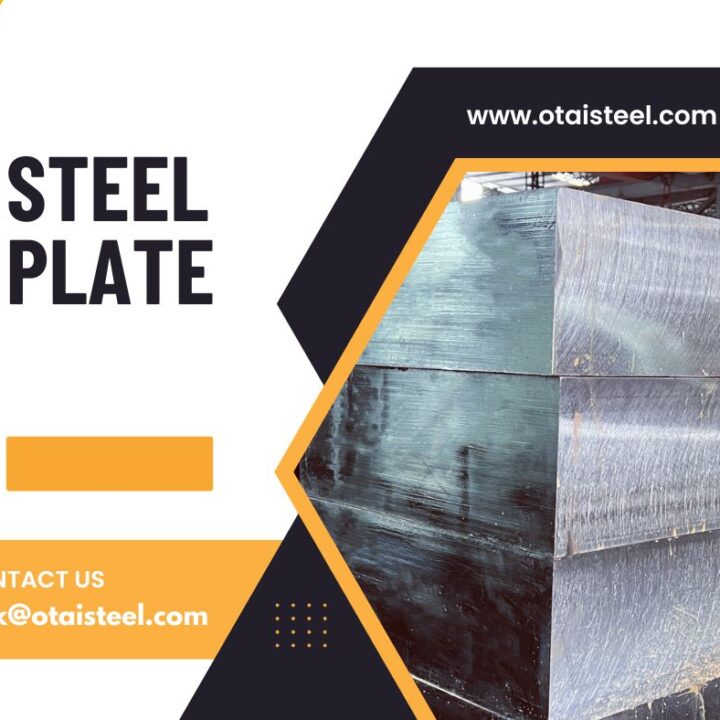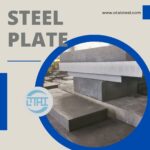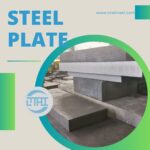Understanding how good it is A2 tool alloy
Here are some key characteristics of A2 tool steel:
- Composition: A2 tool steel typically contains carbon, chromium, molybdenum, vanadium, and manganese. The combination of these elements contributes to the steel’s hardness and wear resistance.
- Hardness: A2 steel can achieve high hardness levels through heat treatment. It is known for its ability to maintain hardness even at elevated temperatures.
- Wear Resistance: A2 tool steel offers good wear resistance, making it suitable for applications where tools are subjected to abrasion and wear.
- Toughness: A2 steel exhibits good toughness, which means it can absorb impact without breaking. This property is important for tools that may experience sudden shocks or impacts during use.
- Dimensional Stability: A2 tool steel has good dimensional stability during heat treatment, reducing the risk of distortion or warping.
- Machinability: A2 steel is machinable, allowing for the production of intricate tool designs. However, machining conditions should be carefully controlled to avoid premature tool wear.
- Applications: A2 tool steel is commonly used for making cutting tools, such as punches, dies, and shear blades. It is suitable for cold-forming applications and operations where high wear resistance is required.
It’s important to know how good it is A2 tool alloy depends on the specific application and requirements. Different tool steels are chosen based on factors such as the intended use, machining processes, and environmental conditions. If you have a specific application or requirement in mind, feel free to provide more details for a more tailored explanation.
